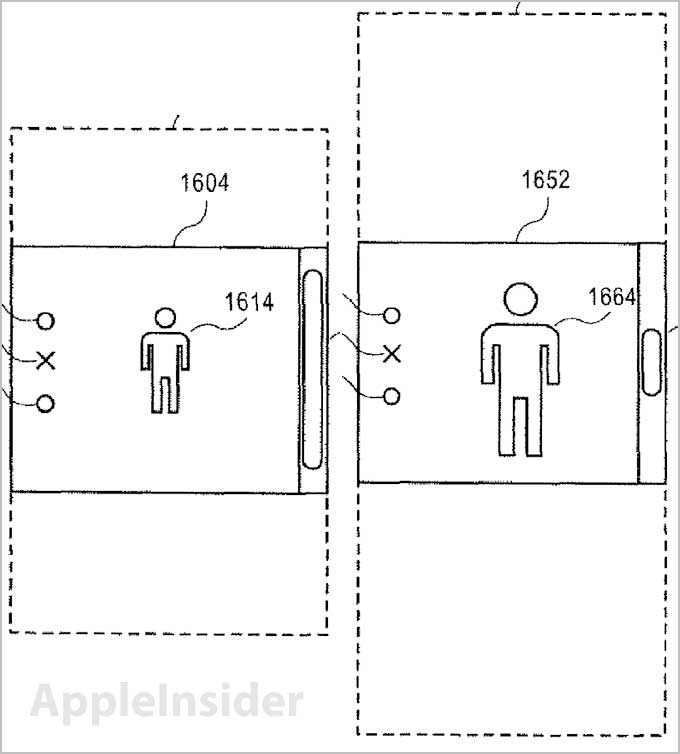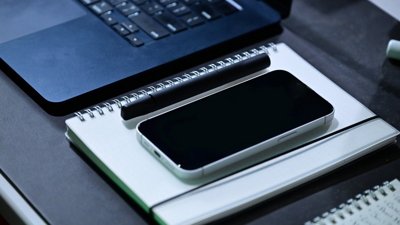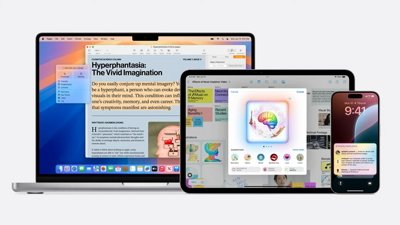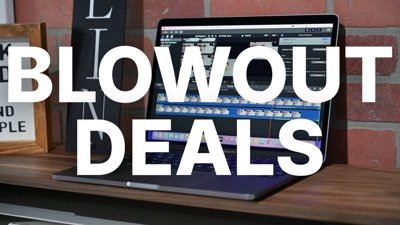An Apple v. Samsung court filing on Wednesday reveals that the U.S. Patent and Trademark Office invalidated Apple's "pinch-to-zoom" patent, a property key to the trial as its claims were the basis of some of the $1.05 billion in damages won by the Cupertino company.
Brought to the court's attention by Samsung in an effort to bolster its motion for a new trial, the USPTO decision invalidated all 20 claims of Apple's U.S. Patent No. 7,844,915 after reexamining the property. The Korean company also said in the court filing that the finding was relevant to block Apple's motion for an injunction against a number of Samsung products.
Presiding Judge Lucy Koh on Monday denied both Samsung's motion for a retrial and Apple's request for an injunction, though the decisions can be appealed at a later date.
During the Apple v. Samsung jury trial, Apple asserted Claim 8 of the '915 patent, which covers the heuristics of the "pinch-to-zoom" gesture that invokes the scaling of displayed content. The jury found all but two Samsung products brought to trial infringed on the patent.
From the '915 patent:
8. A machine readable storage medium storing executable program instructions which when executed cause a data processing system to perform a method comprising: receiving a user input, the user input is one or more input points applied to a touch-sensitive display that is integrated with the data processing system; creating an event object in response to the user input; determining whether the event object invokes a scroll or gesture operation by distinguishing between a single input point applied to the touch-sensitive display that is interpreted as the scroll operation and two or more input points applied to the touch-sensitive display that are interpreted as the gesture operation; issuing at least one scroll or gesture call based on invoking the scroll or gesture operation; responding to at least one scroll call, if issued, by scrolling a window having a view associated with the event object; and responding to at least one gesture call, if issued, by scaling the view associated with the event object based on receiving the two or more input points in the form of the user input.
The USPTO's decision cited multiple cases of prior art including two U.S. patents, one international property and two Japanese filings. In October, the agency invalidated Apple's "rubber banding" or scroll bounce-back patent in a non-final Office action.
Apple and Samsung will continue their post trial hearings this week, with presiding Judge Lucy Koh expected to issue a rulings on motions from both parties including an important judgment on damages.
 Mikey Campbell
Mikey Campbell







-m.jpg)






 William Gallagher
William Gallagher

 Chip Loder
Chip Loder
 Marko Zivkovic
Marko Zivkovic
 Malcolm Owen
Malcolm Owen


 Christine McKee
Christine McKee




-m.jpg)




79 Comments
That shouldn't have happened. The court has already upheld the patent in a jury trial which found the patent to be valid and infringed. I suspect Apple will challenge the USPTO's decision in court.
What is the point of having a patent office that grants patents only to invalidate them later ? Time to put a few civil servants out to grass and save the tax payers a few dollars as the job they are doing is simply no longer valid.
Maybe Apple should have applied the patent for a mobile device only. Before the iPhone, the only thing that did this was the surface table.
That shouldn't have happened. The court has already upheld the patent in a jury trial which found the patent to be valid and infringed.
The court assumes the patents to be valid otherwise the trial would take a lot longer and tons of experts on those patents will have to be involved.
But in short, yes, the patent system in the US is pretty messed up.
Wasn%u2019t pinch-zooming done on that university demo video (big table screen) prior to the iPhone%u2019s release? Apple may have been doing it too behind the scenes, but if someone else beat them to making something%u2014for sale or not%u2014then No Patent For You! Unless I%u2019m insane and misremembering the timing, this always sounded like a wrong patent to me. EDIT: I’m not fixing this post just because of AI’s broken system that doesn’t understand OS X’s default-enabled Unicode. Decode it at your leisure :)